Moringa Oleifera, also known as the Drumstick Tree, is a fast-growing, non-leguminous tree native to India but grown extensively in tropical regions worldwide. It is drought-resistant and valued for its nutritional and medicinal benefits, earning the nickname “Miracle Tree.”
A few years ago, Moringa grabbed the attention of mainstream media, with everyone from doctors to celebrities advocating its numerous uses and benefits. This resulted in many products, with countless entrepreneurs capitalizing on the buzz.
The hype has long subsided, but now more than ever, we can appreciate the potential advantages of this versatile tree in our daily lives.
In this article, we’ll learn:
- How To Identify Moringa Oleifera
- Common Names For Moringa Tree
- Benefits Of Moringa Oleifera
- How To Use Moringa Plant
- Side Effects Of Using Moringa Products
- How To Grow Moringa Tree From Seed
Let’s get started!
How To Identify Moringa Oleifera (With Pictures)
Moringa Oleifera, known simply as Moringa, is a fast-growing member of the Moringaceae plant family. It is a deciduous tree tolerant to pruning and can grow up to 40 feet if left unchecked.
The mature Moringa tree is easy to identify by its beautiful white flowers, which bloom almost year-round in the tropics, and its long green or brown pods cascade from its thin branches.
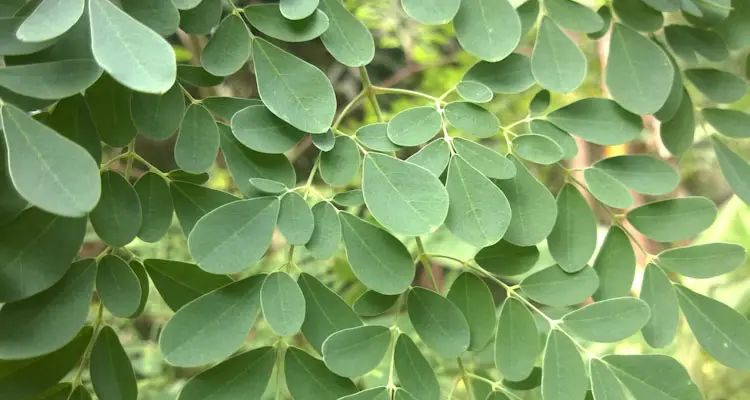
Moringa Oleifera has small, oval, green leaves, which resemble a teardrop, small at the top, rounding out at the bottom. These leaves are loosely joined together on thin branches, which are spaced, forming a slight fan-like structure.
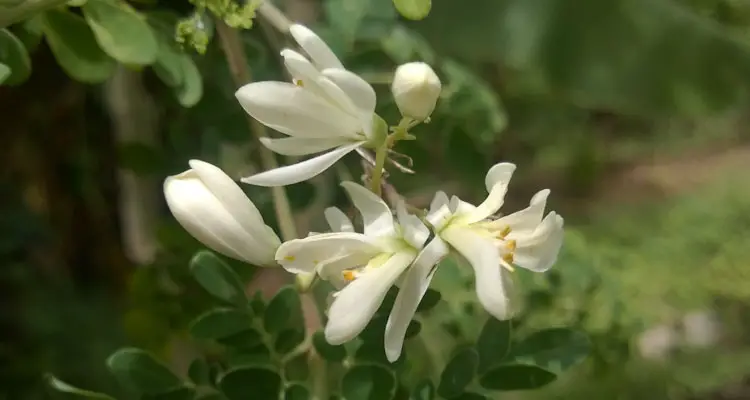
In most tropical climates, the tree produces flowers almost year-round. These are white fragrant flowers, which resemble those of peas plants. They cluster on the branches, later giving rise to the fruit.
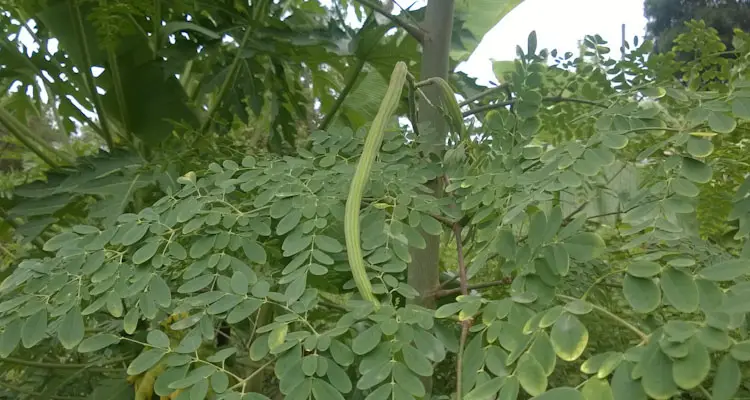
The fruit of the Moringa tree, also called the Drumstick, is a long three-sided pod. They are green and somewhat twisted when young, becoming brown and straight as they mature.
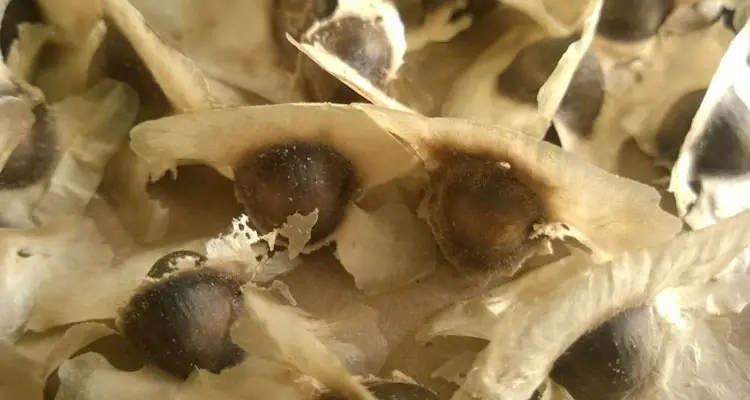
The seeds of the Moringa fruit pods are three-sided, with paper-like material at the edges, remnants of where they once connected to the pod. The mature seeds are dark brown with cream fins, which can be removed before use or storage.

The actual shape of the overall tree varies since it changes as the tree is pruned and regrows. However, it generally has a single log stem., which branches out as it goes higher, with thin, flexible branches.
What Are Some Other Names For Moringa Oleifera?
Moringa Oleifera is native to India; however, it is grown extensively worldwide. Due to its popularity, it has gained Multiple names in different countries and dialects.
Here is a list of some alternative names for Moringa around the world.
| Name | Country/Language |
| Moringa Oleifera | Scientific Name |
| Drumstick Tree | Common |
| Horseradish Tree | Common |
| Radish Tree | Common |
| West Indian Ben | Common |
| Jacinto | Panama |
| Marango | Costa Rica |
| Angela | Colombia |
| Murungai | India (Tamil) |
| Mrongo | Kenya |
| Teberinto | El Salvador |
| Dandalobin | Burma |
| Paraiso Blanco | Guatemala |
Due to the renewed popularity in the Americas, many English Speaking individuals refer to Moringa Oleifera simply as Moringa or its nickname, The Miracle Tree.
Benefits Of Moringa Oleifera
Moringa Oleifera is one of the most documented plants globally, with studies confirming many of its traditional claims and uses.
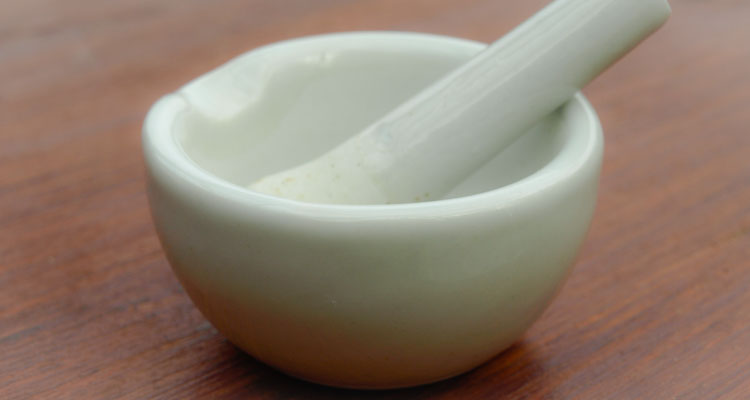
Moringa Oleifera is an excellent source of vitamins, minerals, and antioxidants, necessary for nutritional and general immune health. It also contains various organics compounds proven to aid in regulating blood pressure, sugar, and cholesterol levels.
For instance, the antioxidants present in Moringa suggest possible benefits in the fight against chronic illnesses. One such study alludes to it providing assistance in relieving stress on the body due to diabetes.
Moringa is known to aid in digestion due to its high fiber and magnesium levels. It is often added to food as a supplement of essential nutrients for both humans and livestock.
Reportedly, numerous other claims and promising studies hint at potential benefits for weight loss and the prevention of kidney stones. However, most of these studies were ongoing, with results that are still inconclusive.
How To Use Moringa Oleifera
Every part of the Moringa plant, except the roots, is considered safe to eat. Moringa can be prepared in various forms and eaten either raw or cooked. However, it is now customary to dry and ground it into a powder or extract oils based on the intended purpose.
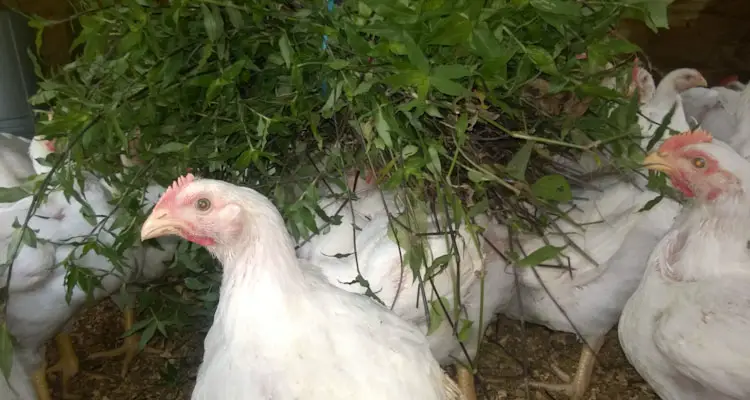
Culinary Uses
In most cases, Moringa is added to food as a nutritional supplement and not as a flavoring.
Salads – You can sprinkle some leave onto your favorite vegetable salad. Moringa has a more pungent scent but is almost tasteless when mixed with other food.
Note: While possible to eat raw, it is much easier to ingest when cooked.
Soups and Sauces – Moringa leaves, or powder can be added to various dishes. However, do not overdo it; a little goes a long way.
Stews – Immature Moringa pods can be cut up into small pieces and added to stews. It is a good source of protein and tasty once prepared correctly. You can also add leaves and powder to stews for additional nutritional benefits.
Medicinal Uses
While it is possible to get most of the nutritional benefits from Moringa from eating, teas, extracts and oils are usually the primary forms used for medicinal purposes.
Moringa Oil is one of the most valuable extracts derived from the plant. It is mainly obtained from processing the mature seeds, where the desired compounds are most potent. It is usually refined and formulated with other components to create Moringa Capsules and other products.
This oil contains concentrated forms of chemical compounds proven to have anti-inflammatory and antioxidant properties.
Agricultural Uses
Moringa is a fast-growing plant that is drought and pruning-tolerant. This makes it suitable for use as a biomass tree in Agroforestry systems, providing organic matter to cover the soil and fodder for animals.
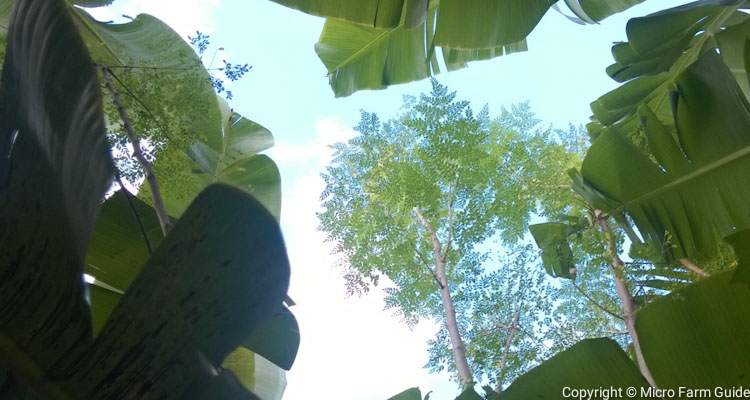
The trees are often grown as hedges to limit soil erosion and act as partial wind barriers. However, they are prone to topple over during their first few months of growth due to their rapid vegetative development.
Young Moringa trees should be pruned within their first few months of growth and routinely pruned once established, providing a constant supply of material for mulching and products.
Note: Contrary to popular belief, Moringa Oleifera is not a leguminous plant but a member of the mustard oil tree family, Moringaceae. This means that Moringa is not a nitrogen fixer.
Side Effects And Cautions Of Moringa Oleifera
Moringa Oleifera has undoubtedly earned the nickname “The Miracle Tree,” thanks to its numerous uses and benefits. It is classified as non-toxic and safe to consume by humans and livestock. However, it can have catastrophic results if used incorrectly or outright overused.
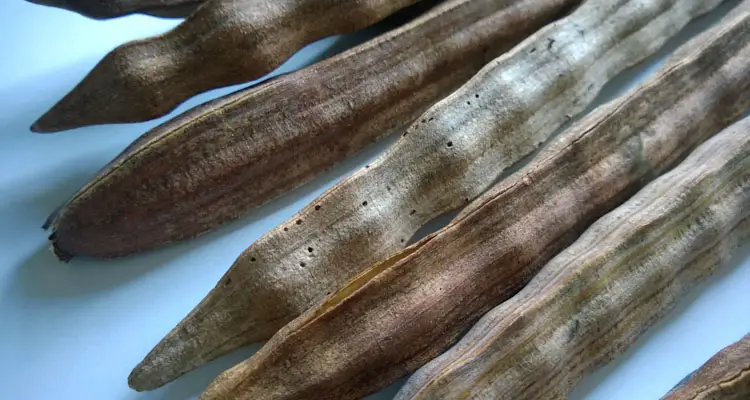
The Moringa plant contains various compounds, which in high concentrations can result in abnormally low blood pressure, diarrhea, upset stomach, cramps, etc. These side effects are generally linked directly to their inherent properties and are not life-threatening.
However, it is advised to avoid consuming too much of the root, which contains toxic substances which can lead to paralysis and even death if misused.
Moringa Oleifera contains many chemical compounds, most of which are beneficial. However, some chemicals are linked to fertility complications and possible miscarriages if used in excess during pregnancy and should be avoided.
Apart from the toxins in the roots, most of the side effects of Moringa are due to inappropriate use. As a result, if you have a pre-existing medical condition, you should consult your physician before using supplements made from Moringa or its extracts.
How To Grow Moringa Tree From Seed
Moringa Oleifera is drought tolerant and can grow in well-drained soil. However, like most plants, it prefers moist, loamy soils, at least while it is still young. It is easy to grow from seeds, which it produces in abundance.
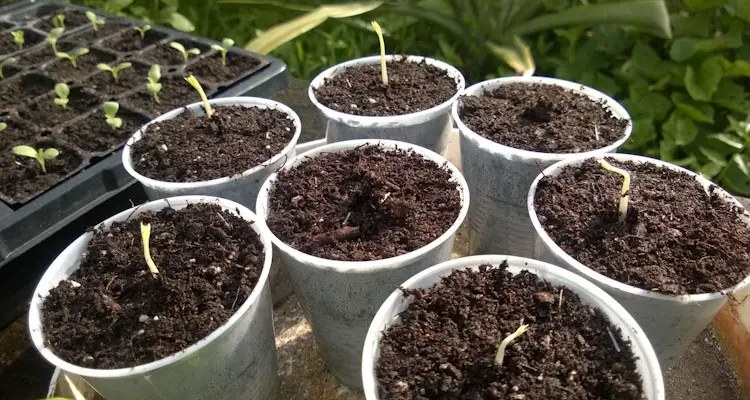
- First, you can collect some seeds from the dried Moringa pod-like fruit. It is more or less a dry shell, prone to split at any time.
- Remove the fin-like material at the corner of the seeds and soak them overnight. This wakes the seeds up from their dormancy and prepares them for planting.
- After soaking, you can sow it directly into the soil or germinate them indoors. I prefer the latter since it guarantees success.
- Wrap the seeds in a tissue and place them into a container. Moisten the tissue by spraying it with water, then cover the container.
- Place the container in a dry, warm area and check it periodically. After about 3 to 7 days, the seeds start to split, with a single root emerging from the crack.
- Fill containers with moist potting mix or soil. You can use tall cups, tissue rolls, or flower pots. Ensure it has enough room for the root to grow.
- Make a hole in the middle of the container, about one inch deep, and place the pre germinate seed. Cover with potting mix and water.
- Place the container in a cool, shaded area until the seedling emerges from under the soil.
- At this point, you should allow the seedling to get as much direct sunlight as possible, watering when necessary.
- Transplant to the final growing area once the seedling becomes robust enough to stand independently. This should take a few weeks.
Note: After transplanting, monitor the seedlings as they grow. They have a tendency to grow really fast before properly establishing their roots. Provide support PR prune if necessary.
Final Thoughts
Moringa Oleifera is often mistakenly classified as a leguminous plant due to the shape of the leaves and bean-like fruit. However, it is not a nitrogen fixer but belongs to a mustard family, including papaya plants.
In fact, it is one of the most popular and well-researched members of the Moringaceae family. It is valued for its nutritional and medicinal benefits and numerous agricultural applications.
It is considered non-toxic for the most part. It has been used as a nutritional supplement providing essential and trace nutrients to meals. However, in concentrated forms, some of its chemical compounds produce side effects, which range from mild to severe.
Related Questions
Why Do Moringa Leaves Turn Yellow?
Moringa leaves turn yellow for several reasons, including too little or too much water, insufficient sunlight, or nutrient deficiency. In some cases, it might be a sign of pest damage. Keeping these in mind, you should monitor the plant carefully to isolate the actual cause.
References
The International Moringa Germplasm Collection. Does Moringa Fix Nitrogen? moringaceae.org. Accessed June 2022
Moringa Trees. Moringa Names. moringatrees.org. Accessed June 2022
National Library Of Medicine. Health Benefits Of Moringa Oleifera. pubmed.ncbi.nih.gov. Accessed June 2022
Med India. Side Effects Of Moringa / Drumstick. medindia.net. Accessed June 2022
